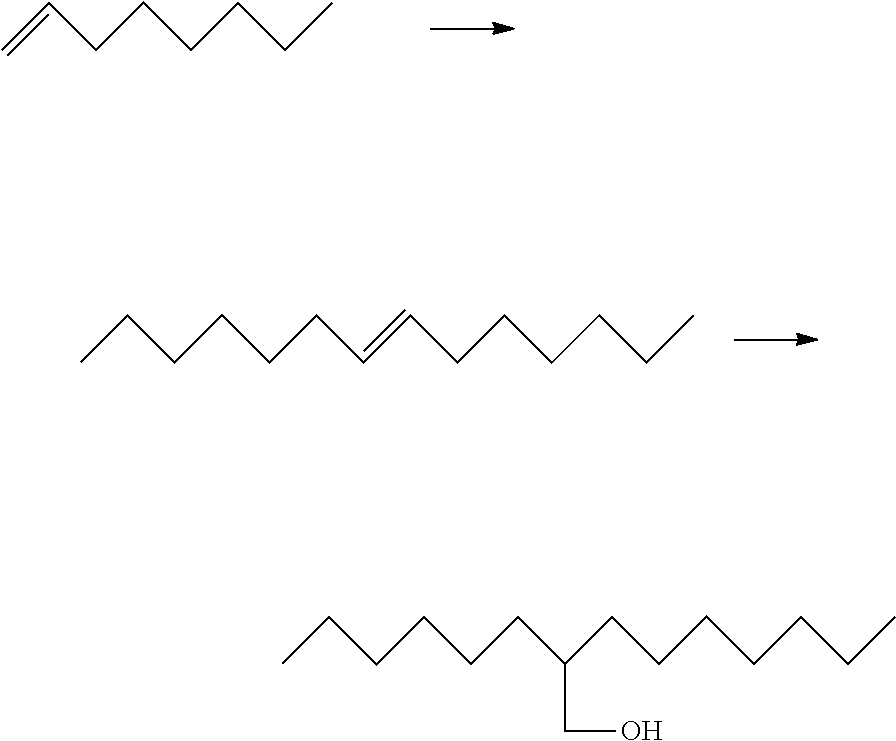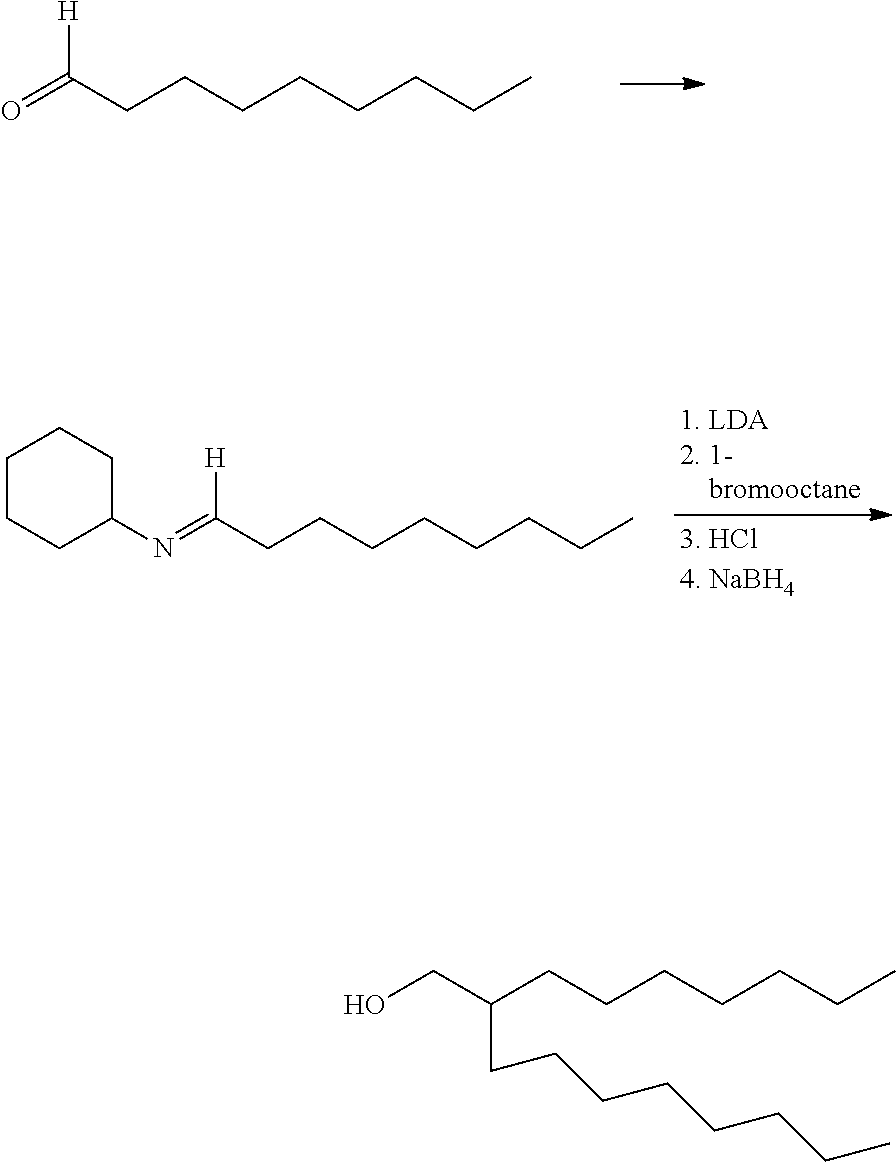Cold-water laundry detergents
- Summary
- Abstract
- Description
- Claims
- Application Information
AI Technical Summary
Benefits of technology
Problems solved by technology
Method used
Image
Examples
Embodiment Construction
[0023]In one aspect, the invention relates to lipase-containing detergents useful for cold-water cleaning. Some of the detergents comprise a “mid-chain headgroup” surfactant while others comprise an “alkylene-bridged” surfactant. These two surfactant types are described in more detail below.
[0024]Lipases
[0025]We surprisingly found that cleaning performance on greasy soils is synergistically improved by using a lipase in combination with either a mid-chain headgroup surfactant or an alkylene-bridged surfactant (as described hereinbelow).
[0026]Lipases are enzymes that catalyze hydrolysis of fats and oils to fatty acids and glycerol, monoglycerides, and / or diglycerides. Suitable lipases for use herein include those of animal, plant, fungal, and microbiological origin. Suitable lipase enzymes can be found in cambium, bark, plant roots, and in the seeds of fruit, oil palm, lettuce, rice, bran, barley and malt, wheat, oats and oat flour, cotton tung kernels, corn, millet, coconuts, walnut...
PUM
 Login to View More
Login to View More Abstract
Description
Claims
Application Information
 Login to View More
Login to View More - R&D
- Intellectual Property
- Life Sciences
- Materials
- Tech Scout
- Unparalleled Data Quality
- Higher Quality Content
- 60% Fewer Hallucinations
Browse by: Latest US Patents, China's latest patents, Technical Efficacy Thesaurus, Application Domain, Technology Topic, Popular Technical Reports.
© 2025 PatSnap. All rights reserved.Legal|Privacy policy|Modern Slavery Act Transparency Statement|Sitemap|About US| Contact US: help@patsnap.com



